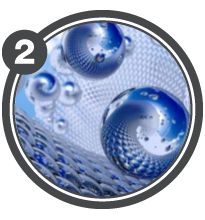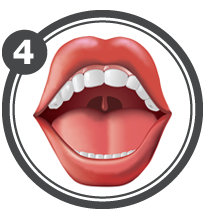The Science
HOW IT WORKS

A unique, biologically active formulation floods the mouth, cleaning the surfaces of teeth and gums, loosening plaque, and penetrating into the hard to reach areas between teeth and gum.

Following consumption, the formulation remains biologically active and through the process of adsorbtion weakens the biofilm, helping to remove and stop the build-up of plaque.

The PH level in the mouth is neutralised, further helping to reduce the acid and bacteria that would otherwise attack teeth and gums causing cavities, gingivitis and halitosis.

SWISH TO GO is safe to swallow and reaches the back of the mouth where halitosis causing bacteria can also reside, attacking the root cause of halitosis as well as freshening the breath with flavourings.
ENDORSEMENTS
Dr Greg Vigoren has been a dentist in Newport Beach, California for more than 40 years. He is a former faculty member at the University of Southern California and the University of California, Los Angeles Center for Dental Esthetics. He has been using products with the Swish To Go formulation in his practice for a number of years. He concludes that:
“ Swish To Go represents a significant breakthrough in improving general oral health, and through regular use it eliminates halitosis, removes plaque and treats existing periodontal disease. It is particularly effective in adolescents and adults with braces, when good oral hygiene practices can prove especially troublesome.”
